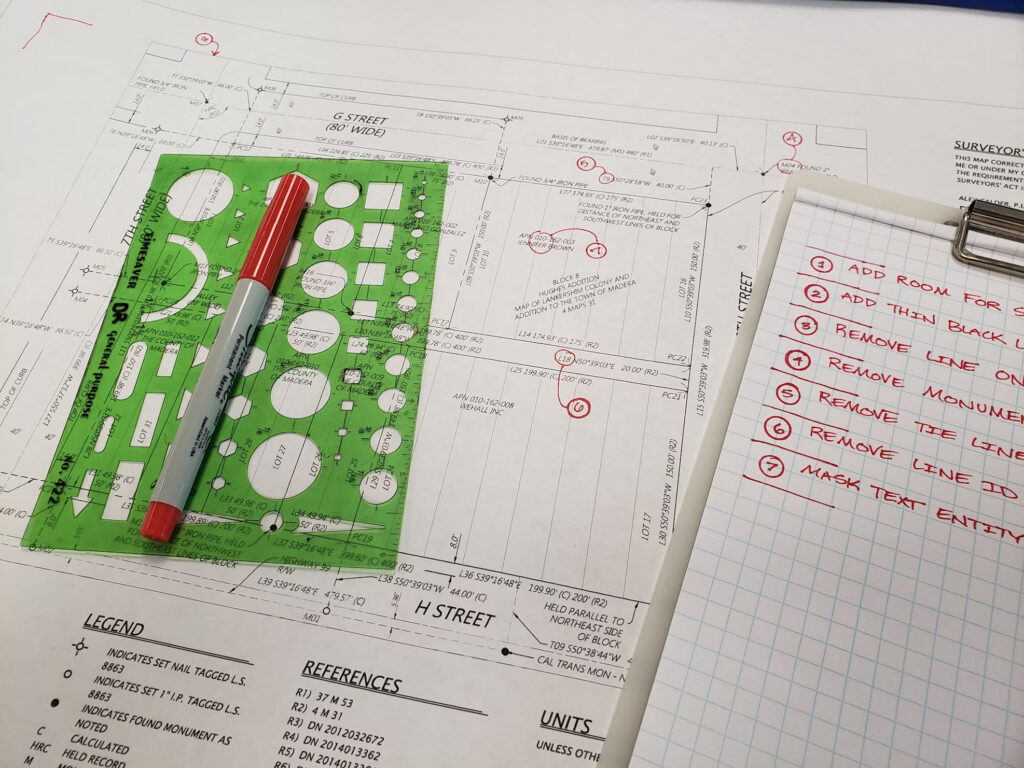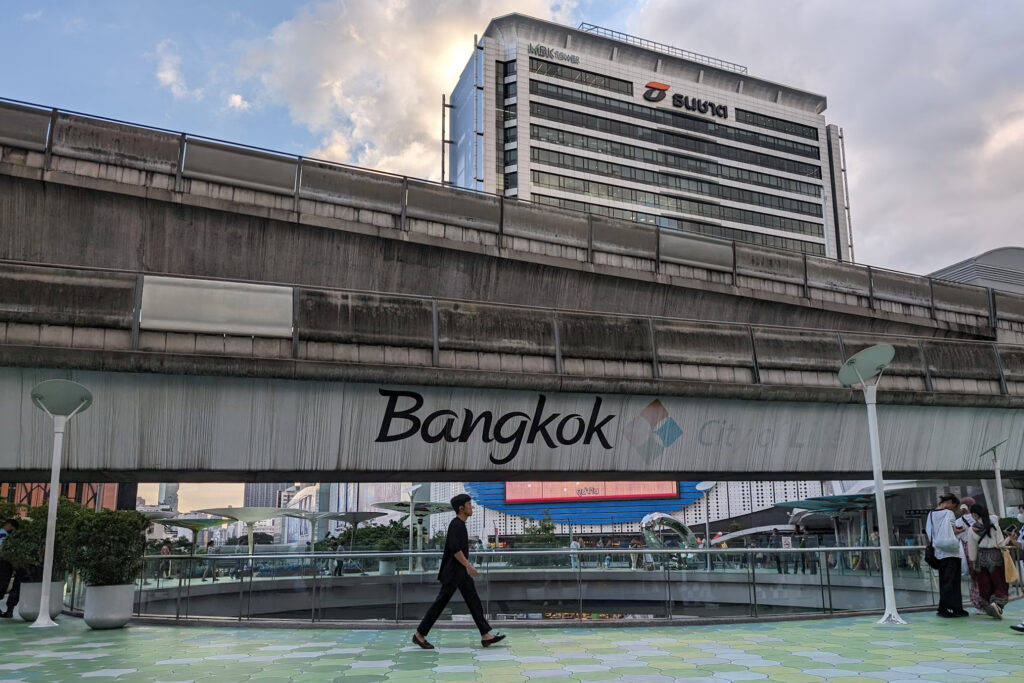We’ve found that even the most carefully structured surveys can reflect more than just opinions—they reflect context. A response isn’t just an answer; it’s shaped by who’s answering, how they interpret the question, and what they want to signal. This is especially true in categories tied to identity, health, or aspiration, where people often say what they think they should believe, not what they actually do.
That’s why we don’t stop at asking. We create research designs that test responses, not just record them. Instead of relying on stated preferences, we use activities that force real trade-offs. When participants have to make choices—between formats, features, or benefits—we begin to see which values actually stick. Statements soften, but behavior reveals.
The most useful insights often come from tension—between what people claim and what they prioritize in action. It’s not always what’s said most loudly that carries the most weight. Sometimes what’s missing from the conversation is just as telling. A product feature that’s never mentioned may matter less than internal teams expect. A casually repeated phrase may point to a deeper emotional anchor.
At Khayan, we minimize bias by designing friction into our process. We don’t aim for neat alignment across methods. We look for the gaps, the contradictions, and the moments where stories diverge. Because it’s in those moments that the truth—the useful kind—usually shows up.





